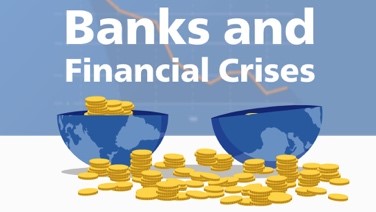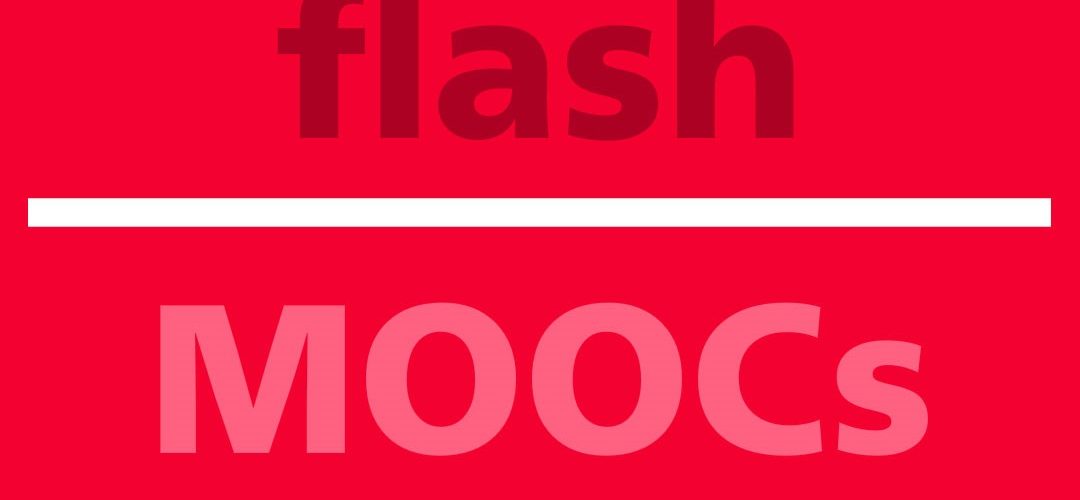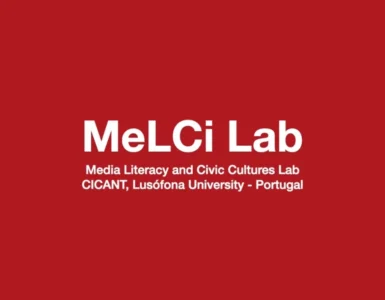In the new, interactive video series from the University of Bern, scientific topics of social relevance are explained concisely and vividly. The interactive design of the videos not only increases the attractiveness, but also the learning effect.
The name flashMOOCs stands for concise, quick, and “in a flash” explanatory videos. Just like the traditional “Massive Open Online Courses” (MOOCs), they are made available to the general public. But unlike MOOCs, they are much shorter with 15-25 minutes running time and no registration is needed. In order to increase the interactivity, there are navigation features, self-assessments, and further information integrated into the video as interactive elements (using “H5P – Interactive Video”). The viewers can thus navigate straight to the desired content and are stimulated to engage more deeply with the topic.
Deeper learning thanks to interactive elements
These possibilities to interact with the video contribute significantly to the highest possible learning effect. Because when learning with videos, the so-called “illusion of knowing” is a widespread phenomenon. Especially in professionally produced videos everything seems convincing and plausible at first sight. We get the impression that we don’t have to exert ourselves to understand what is being explained. But this appearance is deceptive. If you inquire what students learned or remember after watching a video, they are often only able to reproduce or explain a few things (e.g. Gunter, Furnham & Leese, 1986. Exactly here the mentioned interactive elements can provide a remedy. The inserted questions, for instance, increase the processing depth. The clickable navigation features enable the self-directed elaboration of the topics. Research is still in its infancy here, but initial results encourage confidence that interactive functions have a positive effect on learning with videos (see e.g. Merkt & Schwan, 2016).
Diverse topics, open licence
By now, the first flashMOOC on ”Banks and Financial Crises” is available online, more will follow soon. The choice of topics reflect the diverse range of topics in research and teaching at the University of Bern. “At the same time, we want to address a broad audience and thus stimulate an exchange between university teaching and research and society, business and politics,” explains Bruno Moretti, Vice-Rector for Teaching at the University of Bern. To facilitate the redistribution and use of the videos, all flashMOOCs are published under an open license (Creative Commons Attribution). Lecturers, for instance, can use them freely as learning materials in their own courses.

Create interactive videos yourself
The interactive elements of the flashMOOCs are implemented with the open source software “H5P – Interactive Video”. This software is freely available online. So you can already realize similar productions today.

David will be leading a screening of flashMOOCS and discussing how they are made with the audience at the next Media & Learning Conference on Video in Higher Education taking place in Leuven, Belgium on 5-6 June.

Author
David Graf
Learning technology advisor at the Support Center for ICT-Aided Teaching & educational developer at the Educational Development Unit, University of Bern, Switzerland














